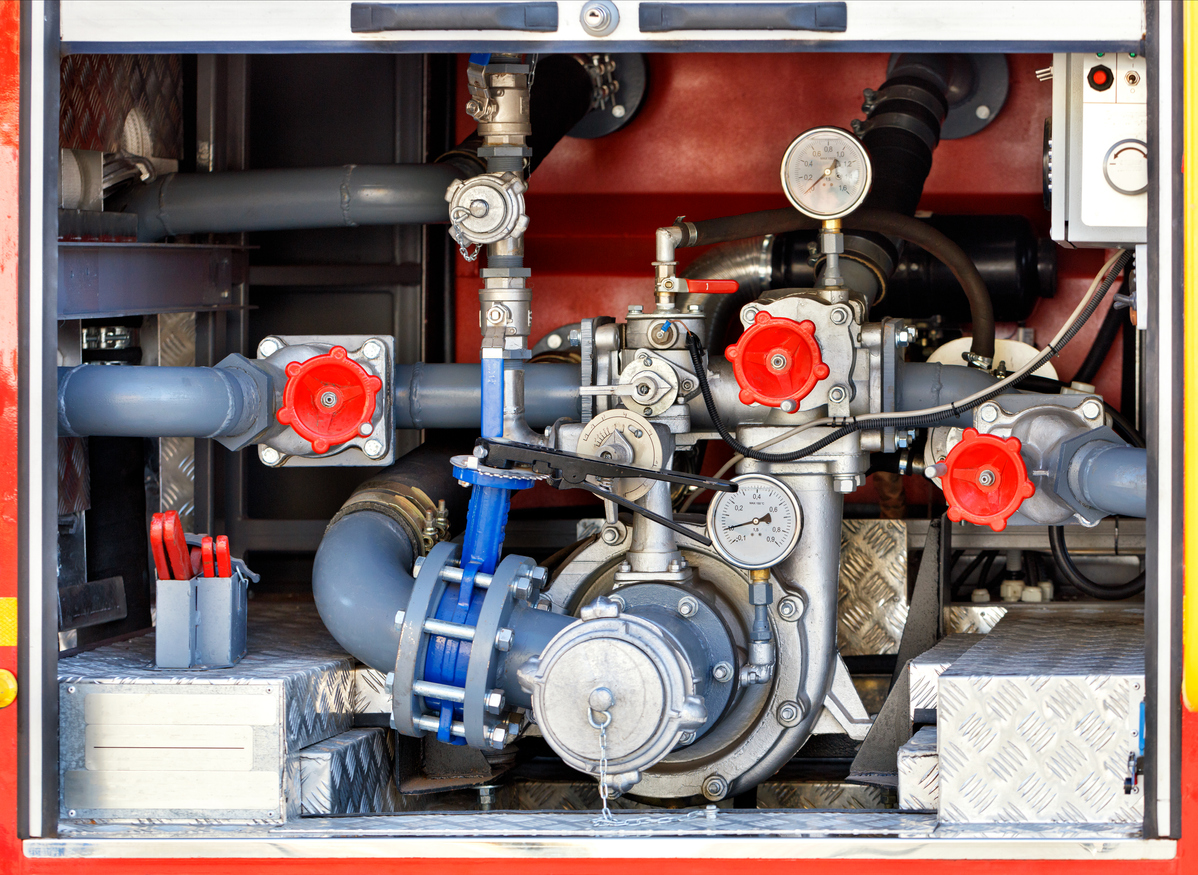
Every firefighter’s role at a fire site is crucial, and it is essential to avoid fire truck pump operation mistakes to avoid catastrophe. One of the toughest, however, is that of the motor pump operator. These specialists set up equipment that determines the effectiveness of the entire team’s response. While firefighters’ liability insurance is essential to protect the whole team financially, MPOs can help the team work quickly.
Fire Truck Pump Operation Mistakes: What Could Go Wrong
Motor pump operators are the busiest firefighters on-site during the first 10 minutes of response. These professionals must hurry while thinking clearly. They drive and position the pump truck and use knowledge and skill to prepare the equipment quickly. They establish a water supply, set up supply lines, and handle whatever else is needed. It could mean raising ladders or adding site lighting. Here are five mistakes for firetruck motor pump operators to avoid, even in a rush.
Pumping the Wrong Pressure
Once the pump truck is in place at a fire site, the MPO must establish the correct water pressure for which the pump was designed. Nozzles use advanced technologies to help attack teams battle a blaze, but the nozzles must have the correct pressure for optimal functioning. While insurance for firefighters protects team members financially, the goal is to help everyone work safely and efficiently, including with the proper water pressure.
Lack of Familiarity With the Pump Truck
Modern firefighting trucks use computer, mechanical, and electrical engineering to help the team. To get the most out of these advanced vehicles, MPOs must be familiar with everything on their apparatus. They should use manufacturer information, online resources, and training to do their jobs well.
Failure to Balance the Intake and Discharge Manifolds
Proficient MPOs effectively manage the intake and discharge pressures. Each manifold has openings and valves that MPOs must control to deliver water flow. If the MPO notices the team is not using the maximum amount of flow, it is vital to tell the incident commander. Firefighter insurance benefits are financial safeguards for firefighters, but MPOs can help teams work efficiently with necessary water pressure.
Failure to Balance the Pressure Discharge Manifold
At fire sites, MPOs are called on to deliver consistent pressure for every hand line pulled to battle the flames. Older engines require MPOs to set a discharge pressure relief valve, while newer engines have computerized valve controls.
Failure to Manage the Intake Manifold
Modern fires burn fast and hot, and MPOs must deliver water, using multiple sources if necessary. Finding water can be complex, such as in rural or suburban areas. Firefighter liability insurance is essential as a financial safeguard for firefighters, and adept MPOs can help firefighters succeed by efficiently managing water flow.
Firefighters face numerous risks, but when everyone works efficiently, the team has a strong chance of staying safe and putting out fires quickly. An MPO works to give attacking teams everything they need to douse flames. Thorough knowledge of this role can help MPOs avoid common mistakes.
About Provident Fire Plus
At Provident Fire Plus, we offer custom-tailored packages to best protect firefighters and volunteer firefighters. We understand the risks that emergency response teams are subjected to on a daily basis, and have worked to serve these dedicated professionals for over 87 years. For more information about our products and policies, we invite you to contact our experts today at (855) 201-8880.

